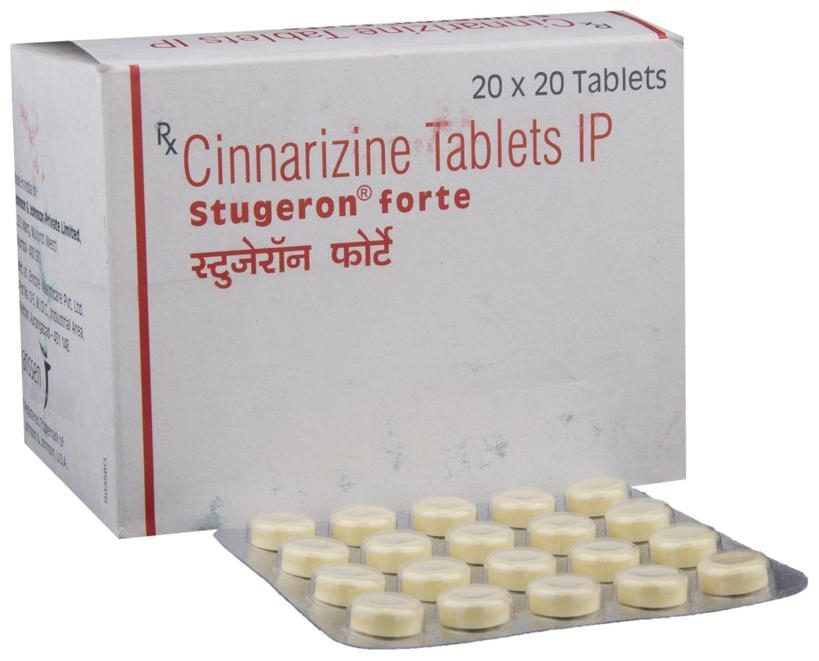Motion sickness
Motion sickness, also known as kinetosis, is a common condition that affects individuals when they travel in vehicles such as cars, boats, and airplanes. It occurs due to the conflict between the brain’s interpretation of the body’s movements and the visual input it receives from the surrounding environment. This mismatch leads to symptoms like dizziness, nausea, vomiting, and sweating.
Motion sickness medications primarily target the inner ear, which is responsible for maintaining balance and coordinating motion signals, and the brain’s central nervous system to alleviate the discomfort caused by this sensory conflict. These medications are available in various forms such as tablets, patches, and dissolvable strips.
Some commonly prescribed medications for motion sickness include:
Antihistamines (e.g., Dramamine®, Bonine®) – These drugs work by blocking histamine receptors in the inner ear, which reduces the sensations of motion and nausea.
Scopolamine Transdermal Patch (e.g., Transderm Scop®) – A patch applied behind the ear, it releases scopolamine, an antimuscarinic drug, which inhibits motion-sensitive nerves and reduces the severity of motion sickness symptoms.
Dimenhydrinate (e.g., Dramamine® Less Drowsy) – A combination of antihistamine and ethanolamine, it effectively controls nausea and vomiting while minimizing drowsiness.
Before starting any medication, consult a healthcare professional to determine the most suitable option based on individual needs, medical history, and potential drug interactions.

Showing 133–144 of 162 results
Showing 133–144 of 162 results




